
When radiologists review mammograms for signs of breast cancer, they can also see arterial calcification in the breast, which is linked with cardiovascular disease risk. BSIP/Universal Images Group/Getty Images hide caption
toggle caption
BSIP/Universal Images Group/Getty Images
When people check in for their annual mammogram these days, some may face a surprising question: In addition to reviewing the mammogram for breast cancer, would you like the radiologist to examine it for heart disease risk?
That’s what happened recently when a colleague visited Washington Radiology, a practice with more than a dozen locations in Washington, D.C., Maryland, and Virginia.
For $119, she was told, the practice would use artificial intelligence software to analyze her mammogram for calcification in the arteries of her breasts, which could indicate she’s at risk for cardiovascular disease.
Washington Radiology is one of a number of practices nationwide offering this type of screening. Here’s what to know about the screening and whether research supports it.
Although breast X-rays are typically used to detect and diagnose breast cancer, the pictures also indicate whether the arteries in the breast have calcifications, which show up as parallel white lines on the film. Calcifications, which are considered “incidental” findings unrelated to breast cancer, may be associated with someone’s heart disease risk.
They’ve been visible on images for decades, and some radiologists have routinely noted them in their reports. But the information hasn’t typically been passed on to patients.
Now some practices make the results available to patients — sometimes for a fee.
Washington Radiology didn’t respond to interview requests, but in a video on its website describing the practice’s “Mammo+Heart” AI screening, Islamiat Ego-Osuala, a breast imaging radiologist there, said, “If the past few decades has taught us anything about the field of radiology, it is that the sky’s the limit. The possibilities are endless.”
Some imaging experts question that rosy assessment as it relates to screening for breast arterial calcification to gauge heart disease risk.
“What we’re seeing on the mammogram is calcification in the breast artery, but that’s not the same as the calcification in the coronary artery,” said Greg Sorensen, chief science officer at RadNet, which has nearly 400 imaging centers in eight states. RadNet doesn’t offer breast arterial calcification screening and has no plans to. “It doesn’t feel like it’s delivering value today,” Sorensen said.
(RadNet does offer patients an AI analysis of their mammograms to improve breast cancer detection. KFF Health News reported on that earlier this year.)
Coronary artery calcification is recognized as a strong marker of heart disease risk. But while studies have shown an association between breast arterial calcification, or BAC, and the risk of cardiovascular disease, questions remain.
For one thing, even if you don’t have breast arterial calcification you might still be at risk of heart disease, heart attack, or stroke. In a study of postmenopausal women, 26% had breast arterial calcification, and over a 6½-year study period it was associated with a 23% increased risk of heart disease of any kind and a 51% increase in risk of heart attack or stroke. However, most cardiovascular events happened to women who did not have breast arterial calcification.
“I wouldn’t feel comfortable telling people they have a higher or lower risk of heart disease based on their breast arterial calcification,” said Sadiya Khan, a preventive cardiologist at Northwestern Medicine in Chicago who co-authored a medical journal editorial commenting on the study. “I think this is an exciting area, but we need to move cautiously.”
It's understandable that women’s health clinicians would be eager to embrace the idea of using the annual breast cancer screening that millions of women get every year to screen for heart disease risk as well.
Heart disease is the No. 1 killer in the United States. It was responsible for more than 300,000 — or roughly 1 in 5 — women’s deaths in 2021.
Many women don’t recognize their heart disease risk or the many factors that increase it, such as high blood pressure, diabetes, high cholesterol, smoking, drinking too much alcohol, and being overweight.
There are online calculators can help people assess their risk of cardiovascular disease. For those whose 10-year risk is 7.5% or higher, clinicians may recommend lifestyle changes and/or prescribe a statin to lower blood cholesterol.
Laura Heacock, a radiologist who specializes in breast imaging at NYU Langone Health in New York City, pointed out that patients already can get much of the information resulting from breast arterial scoring from their physicians and use of those risk calculators. The key is that the screening provides another chance to talk about heart disease risk.
One study found that 57% of women who were informed that they had breast arterial calcification after a mammogram reported they had discussed their results with their primary care physician or a cardiologist.
Heacock said she’d like to see more studies showing that reporting BAC leads to changes in patient care and fewer heart attacks and strokes.
Every woman who visits the Lynn Women’s Health and Wellness Institute in Boca Raton, Florida, for a mammogram is screened for breast arterial calcification. It’s been a standard service since 2020, said Heather Johnson, a preventive cardiologist at the center. If calcification is found, the woman is referred to a cardiologist or other health care practitioner at the center to discuss the findings and get more information about heart disease risk.
Johnson acknowledged that more studies are needed to understand the connection between calcification in breast arteries and heart disease. Still, she said, the screening “allows a communication pathway.”
Patients at the Boca Raton institute aren’t charged for the screening.
Jackie Fortiér reported the audio story.
KFF Health News is a national newsroom that produces in-depth journalism about health issues and is one of the core operating programs at KFF.



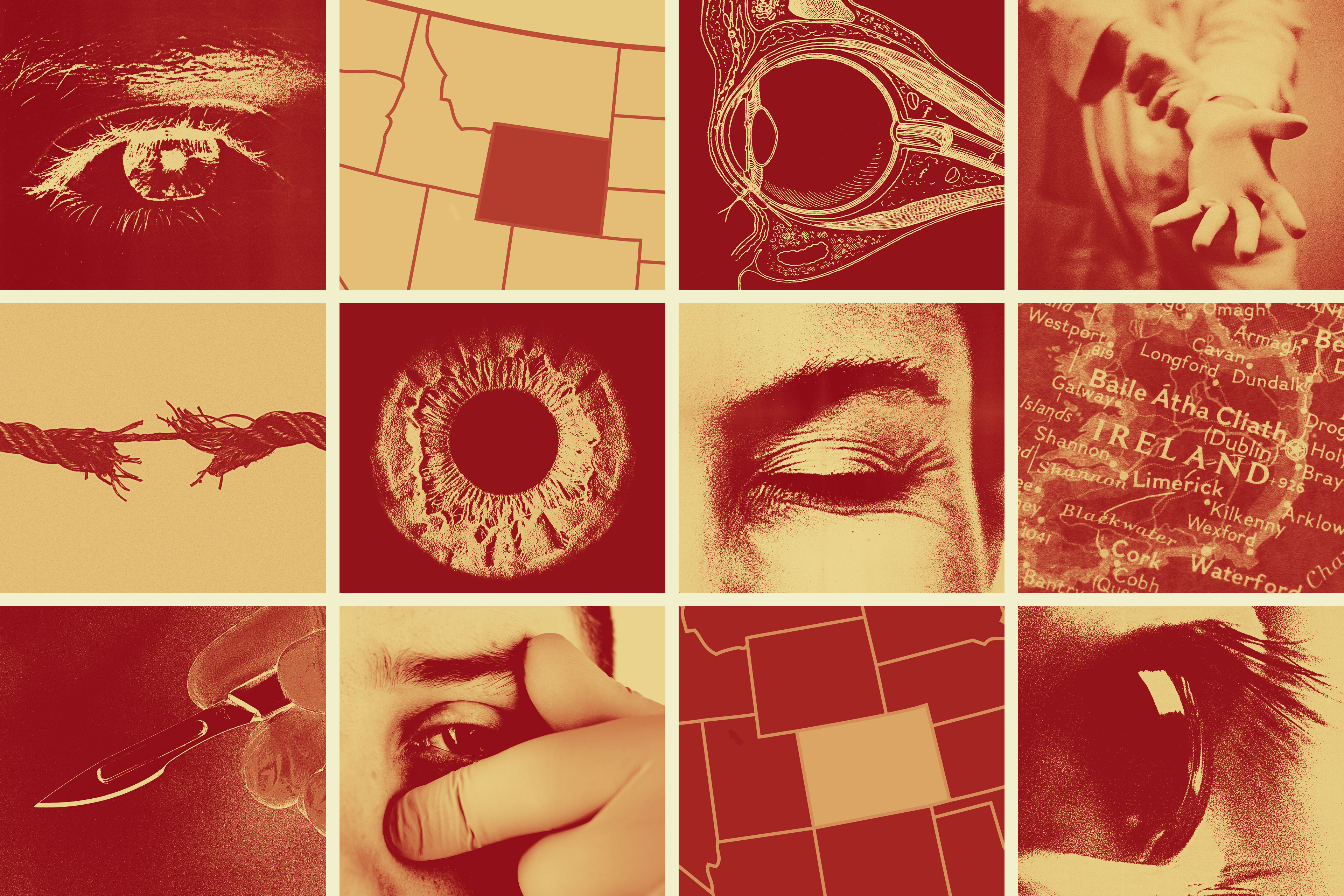
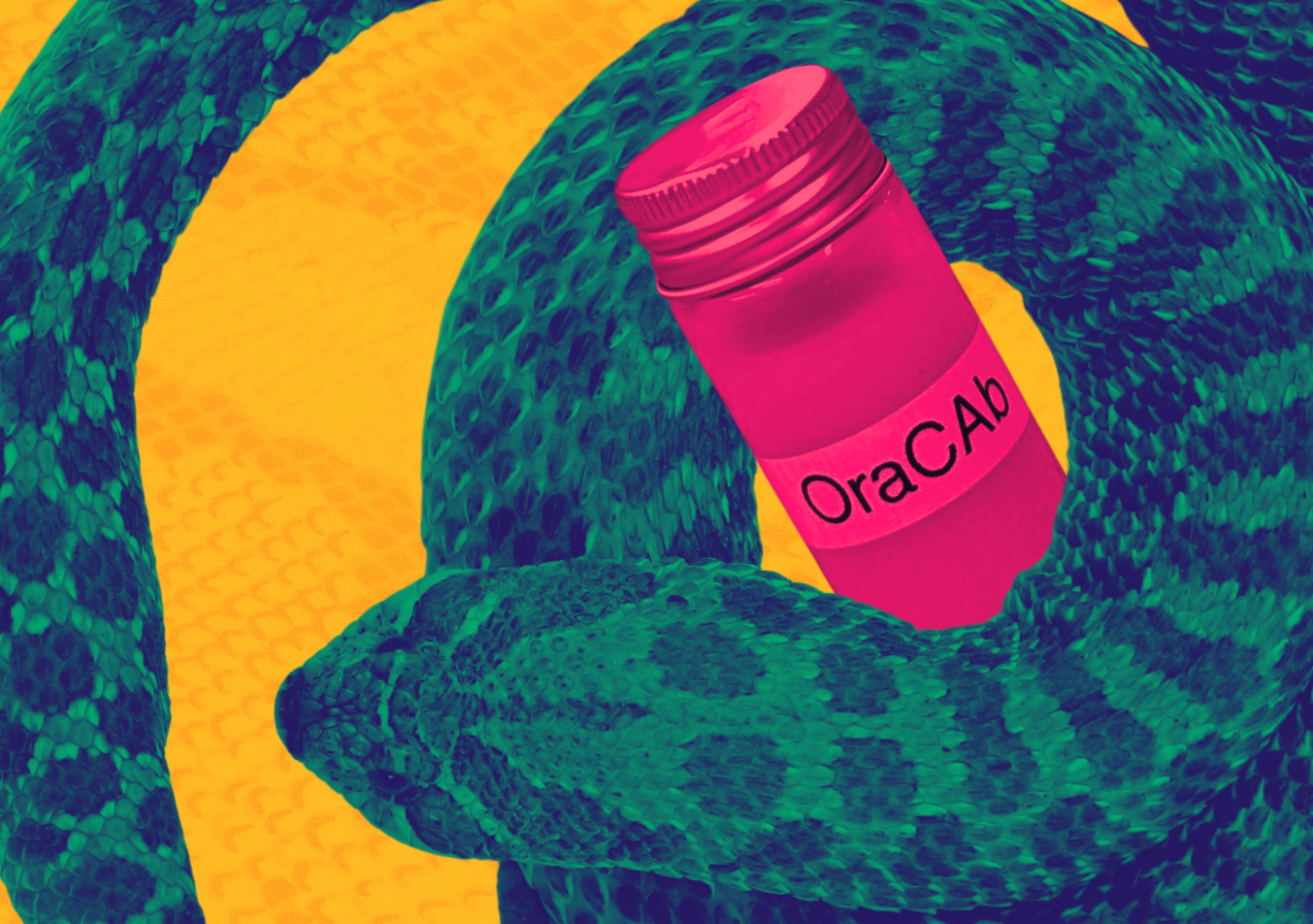


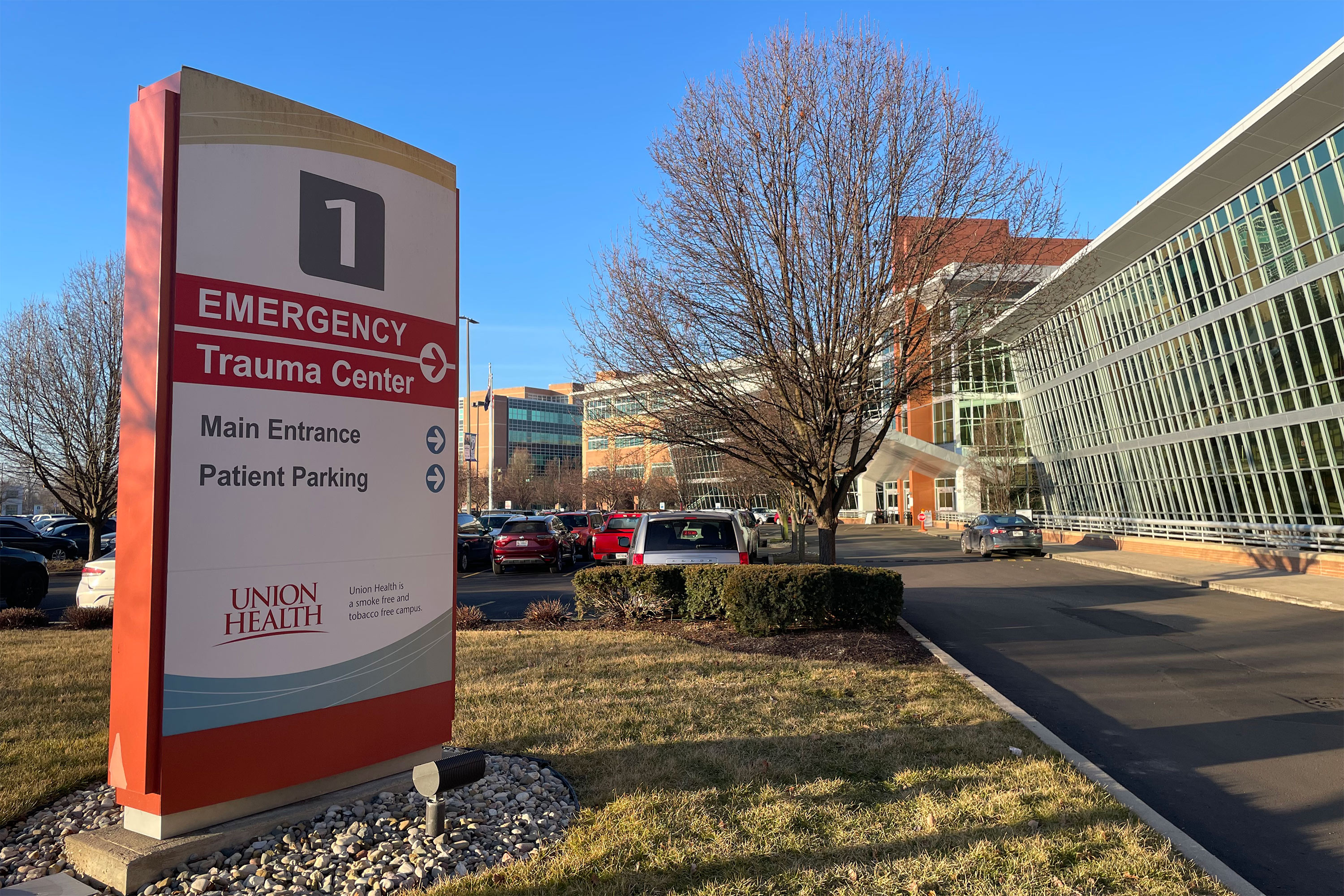

![Healthy High Protein Oatmeal Chocolate Chip Breakfast Bars [gluten-free + no added sugar]](https://i0.wp.com/healthyhelperkaila.com/wp-content/uploads/2024/11/OatmealChocolateChipBarsFeatured.png?fit=1536%2C1521&ssl=1)


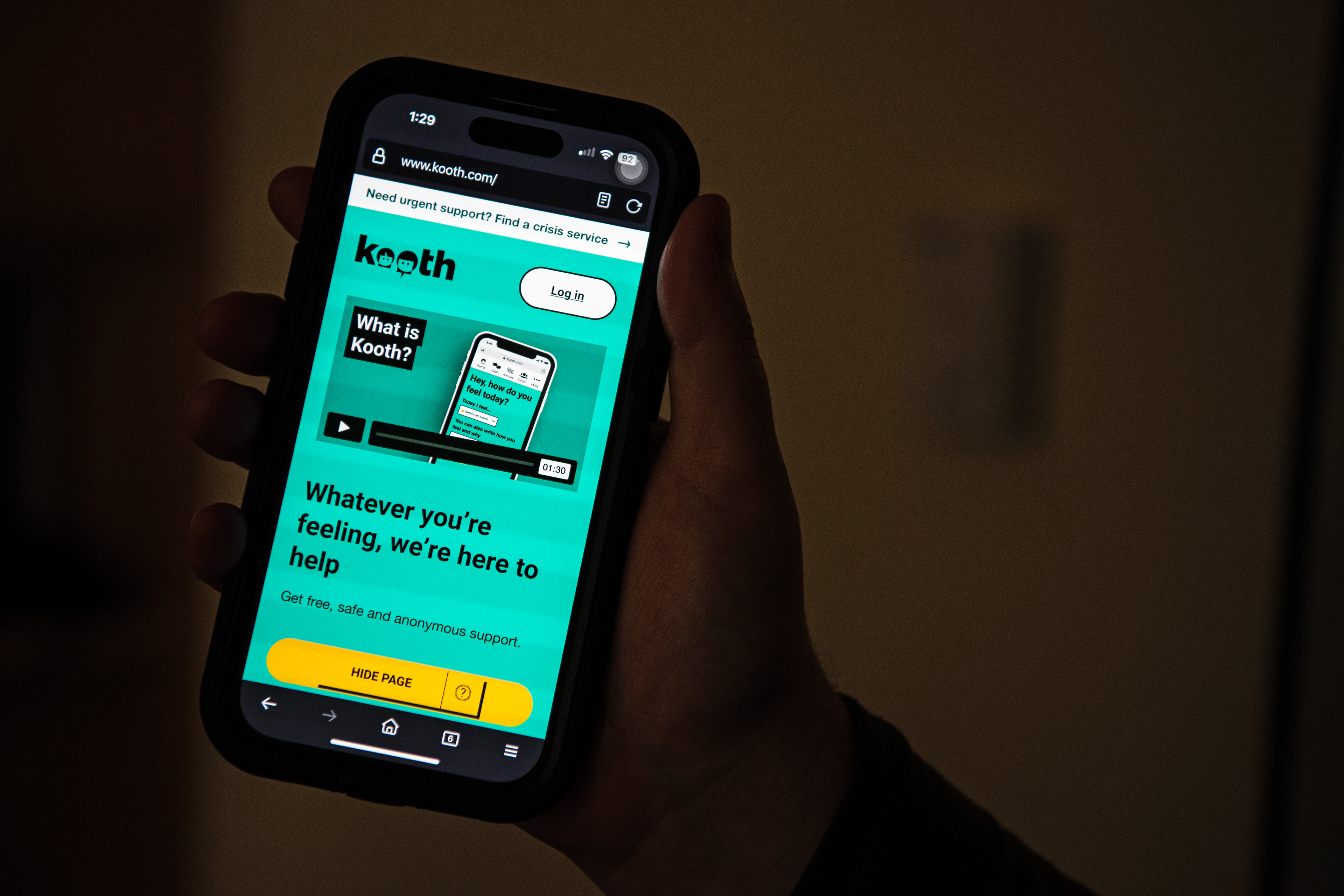


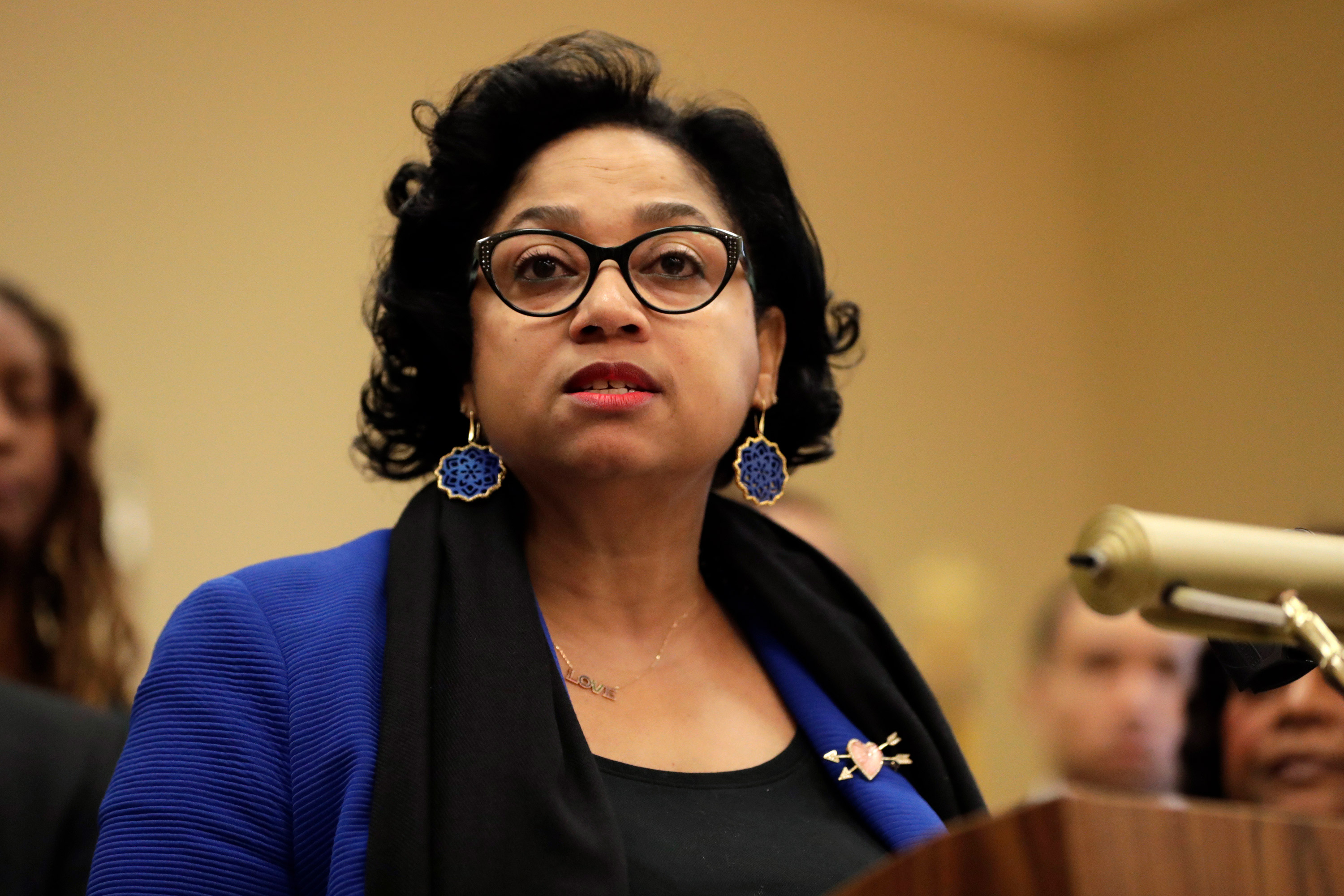


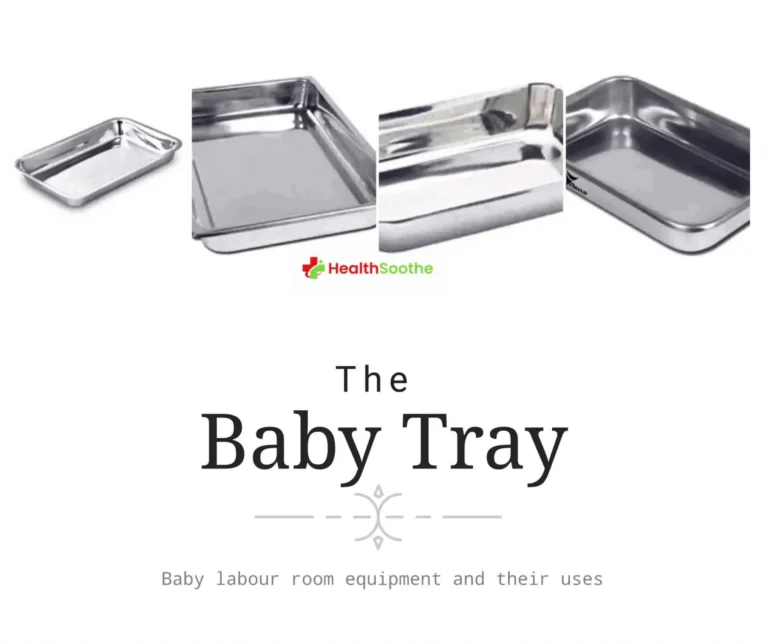
 English (US) ·
English (US) ·